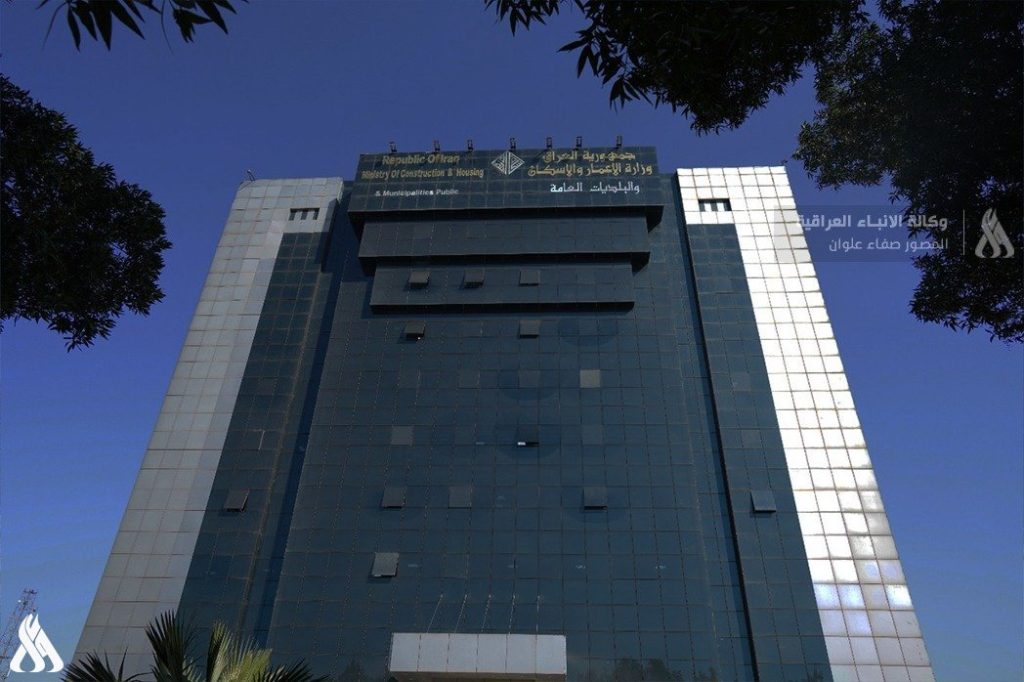
Baghdad – IA
Today, Friday, the Ministry of Construction and Housing confirmed the development of a strategy to address the housing crisis with integrated participation, noting that it aims to implement new projects outside city centers to absorb the momentum in which services are fully available and 4 encouraging factors.
To receive more news, subscribe to our channel on Telegram
Ministry spokesman Nabil Al-Saffar said in a statement to the Iraqi News Agency (INA): “The city of Ali Al-Wardi is one of the cities that was announced within the government program to address the housing crisis, in addition to being part of a strategy adopted by the state in establishing serviced cities,” pointing out that “The city is considered one of the largest residential projects in Iraq, as it contains 120,000 housing units that can be occupied by 720,000 citizens.”
He added, “Iraq is suffering from a housing crisis that requires 3 million units,” noting that “the Ali Al-Wardi and Al-Jawahiri projects will contribute to meeting an important part of the need.”
He pointed out that “the contract for establishing the city has been signed and work will begin soon,” indicating that “construction will be horizontal in this city with a number of residential towers.”
He continued, “The city will have all services, including universities, schools, and health facilities,” stressing that “the ministry will have important road projects linking this city to create an attractive residential environment for residents and relieve pressure on the city center.”
He pointed out that “this city mainly targets people with limited income, and a distribution mechanism will be developed and submitted to the Prime Minister for approval.”
Regarding the transfer of residential projects outside city centers, Al-Saffar explained, “The goal is to absorb the population momentum, and there will be encouraging factors determined by 4 points, the first of which is the provision of integrated services, including infrastructure, schools, and health centers, and the second is the provision of modern roads connecting new residential cities, as well as commercial centers and projects that provide job opportunities for local workers.” Finally, green spaces as an outlet.”


